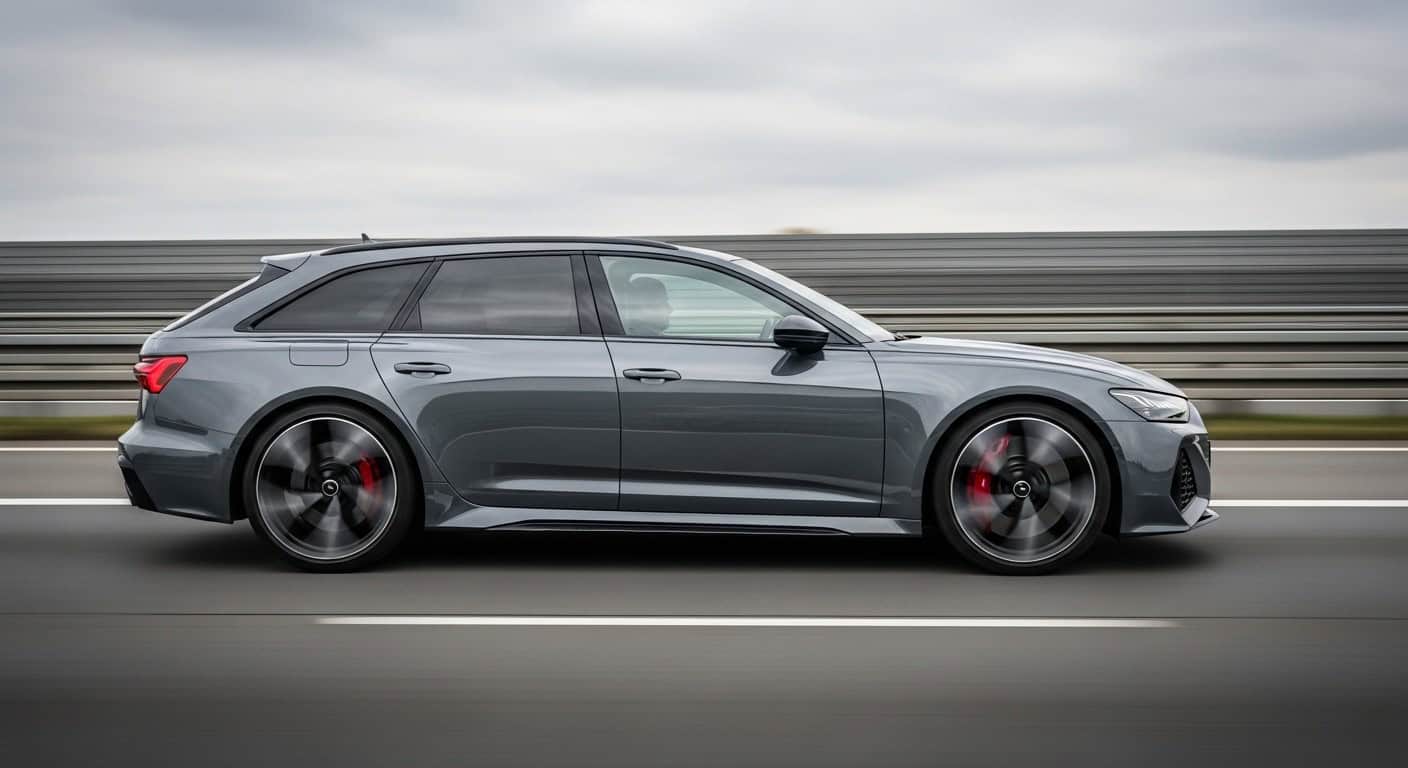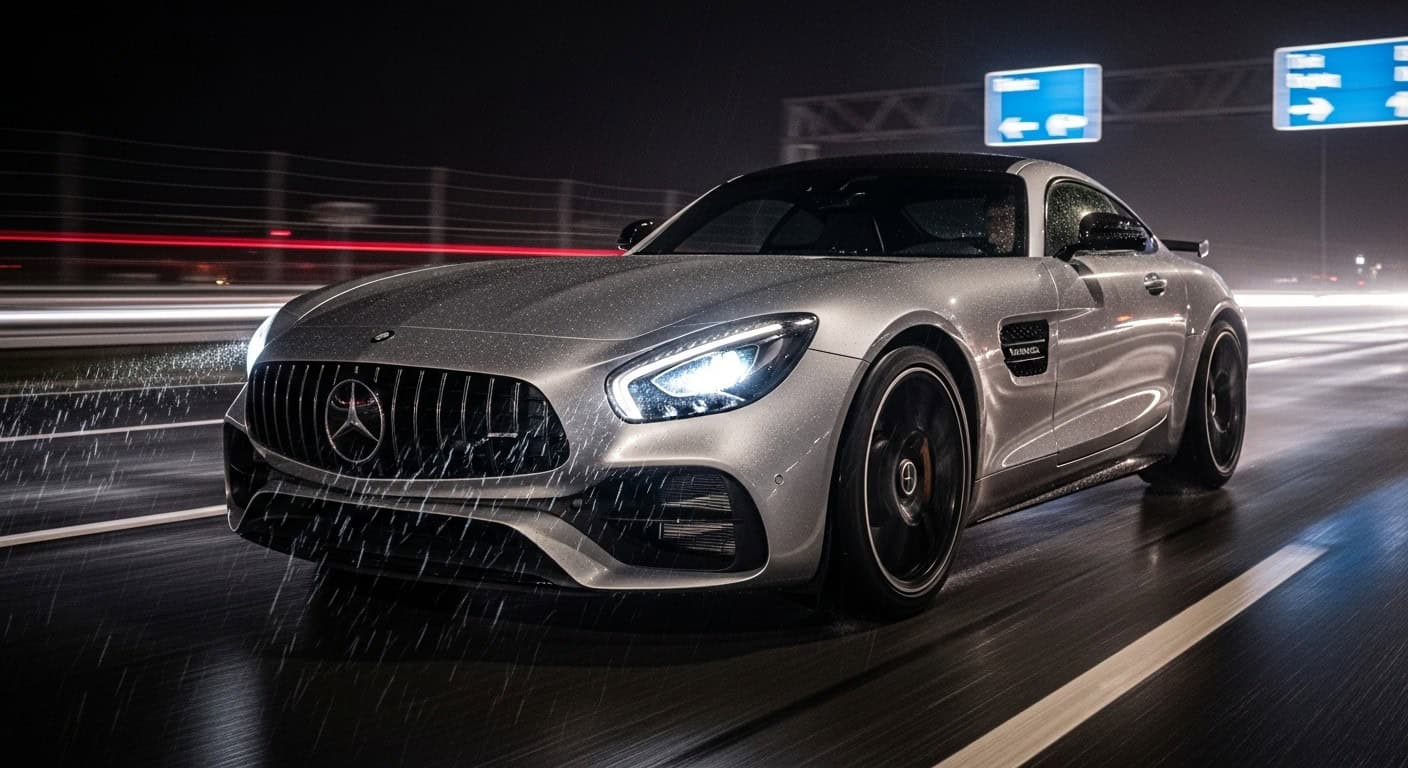German Autobahn Richtgeschwindigkeit Guide
TL;DR: Germany’s Autobahn mixes discipline with speed: keep right except to pass, default limits are 50/100 km/h off the Autobahn, and where no limit is posted, a 130 km/h Richtgeschwindigkeit (recommended speed) applies. Exceeding 130 isn’t illegal itself but can affect liability after crashes. Visitors can rent supercars and book curated Autobahn experiences—just bring the right licence/IDP and confirm insurance and equipment.
- Driving in Germany: Legal Basics & Lane Discipline
- Autobahn Speed: 130 km/h Richtgeschwindigkeit Explained
- Renting a Supercar in Germany: Documents, IDP & Insurance
- Autobahn Safety: Overtaking, Mirrors, Alcohol & Weather
- DRIVAR Autobahn Experiences & Rentals: How to Book

Slip into the fast lane of Germany’s road culture and you’ll feel it: a blend of engineering discipline and human daring. The Autobahn isn’t chaos; it’s choreography. There’s history in the lane markings, responsibility in the right foot, and a quiet gentleman’s agreement with physics called Richtgeschwindigkeit. Consider this your connoisseur’s primer—equal parts provenance and pulse.
The Autobahn isn’t chaos; it’s choreography.
Driving in Germany: Legal Basics & Lane Discipline
Right-hand traffic & lane discipline: where to drive
Germany drives on the right, and you overtake on the left. Keep right except to pass, and always expect fast-closing traffic in your mirrors on de‑restricted stretches of Autobahn—high-speed differentials are normal here.
Speed limits & § 3 StVO: 50/100 km/h and control obligations
Default limits are straightforward: 50 km/h in built-up areas and 100 km/h outside built-up areas unless signed otherwise. The golden rule in § 3 StVO: your speed must always keep the vehicle continuously controllable, adapted to road, traffic, visibility, and weather conditions.
Headlamps & required equipment: triangle, first-aid, hi-vis
Use headlamps at night or in poor visibility. Ensure the car carries a warning triangle, first-aid kit, and a high-visibility vest. If you’re renting, confirm the equipment is on board before departure.
Autobahn Speed: 130 km/h Richtgeschwindigkeit Explained
What Richtgeschwindigkeit is and where it applies
Where no specific limit is posted, a recommended speed—Richtgeschwindigkeit—of 130 km/h applies on Autobahns and comparable roads for vehicles up to 3.5 tonnes, when conditions are good. Treat it as the default tempo when the road isn’t otherwise marked. For background on culture and etiquette, see our guide to what the German Autobahn is.
Advisory vs. posted limits: why 130 km/h still matters
Richtgeschwindigkeit isn’t an enforceable maximum like a posted limit, and exceeding 130 km/h isn’t, by itself, an offense. However, driving faster can influence civil liability and insurance assessments after a crash—go beyond 130, and you may shoulder more responsibility if things go wrong.

Renting a Supercar in Germany: Documents, IDP & Insurance
Foreign drivers: licences, IDP and insurance checks
If you’re flying in to taste the Autobahn, DRIVAR offers dedicated experiences and supercar rentals tailored to international visitors. Expect licence verification and insurance checks; depending on your licence and nationality, you may need an International Driving Permit. You can also compare Autobahn car rental options in advance.
Vehicle equipment & provider rules
German law expects a warning triangle, first-aid kit, and a hi‑vis vest in the vehicle, and headlamps when visibility is poor or at night. Confirm specifics—damage deposits, mileage, fuel, and equipment—with your provider before pickup.
Autobahn Safety: Overtaking, Mirrors, Alcohol & Weather
Overtaking protocol: mirrors, keep right, high-speed traffic
Treat mirrors like instruments, not ornaments. Keep right except to overtake, pass decisively on the left, and scan far ahead—especially on unrestricted sections where very fast traffic is common.

Alcohol limits, fatigue and foul weather: § 3 StVO in practice
The general alcohol limit is 0.05% BAC (0.5‰). Stricter or zero‑tolerance rules can apply to novice and professional drivers. If rain, fog, or heavy traffic arrive, § 3 StVO is your compass: reduce speed to remain fully in control, and increase following distances.
DRIVAR Autobahn Experiences & Rentals: How to Book
Choosing an experience package
Want curated roads and coaching, or a self-guided blast in your dream machine? Compare packages and fleets, then pick what fits your skills and schedule. For bucket‑list drives, the Ultimate German Autobahn Experience bundles routes, briefings, and support.

Booking & day-of checklist
Review rental conditions in advance: licence/ID checks, insurance coverage, deposit, mileage, and fuel policy. Confirm what’s included (extra drivers, tolls, winter kit) and arrive with your documents ready so handover is smooth and you can focus on the drive.
Key Takeaways
- Keep right except to pass; overtake on the left and monitor mirrors—closing speeds can be extreme.
- Default limits: 50 km/h in towns and 100 km/h outside, unless signed otherwise.
- Where no limit is posted on Autobahns, a 130 km/h Richtgeschwindigkeit is recommended for suitable vehicles in good conditions.
- Exceeding 130 km/h isn’t an offense itself, but it can increase civil liability after a crash.
- Visitors can book curated experiences or rent supercars—bring the correct licence/IDP, verify insurance, and confirm required safety equipment.
FAQ
Is there a speed limit on the Autobahn?
There’s no universal maximum. Where no limit is posted, a recommended speed (Richtgeschwindigkeit) of 130 km/h applies on Autobahns and comparable roads for vehicles up to 3.5 t under good conditions.
Can I be fined for driving faster than 130 km/h?
Exceeding 130 km/h isn’t an offense by itself. However, speeds above 130 can influence civil liability and insurance assessments after an accident.
What are the default limits off the Autobahn?
50 km/h in built-up areas and 100 km/h outside built-up areas, unless signs state otherwise.
What should foreign drivers bring to rent a supercar?
A valid driving licence is required; an International Driving Permit and proof of insurance may be needed depending on your nationality and the provider. Confirm requirements when booking.
What is the alcohol limit for drivers in Germany?
The general limit is 0.05% BAC (0.5‰). Stricter or zero-tolerance rules can apply to novice and professional drivers—check the current rules before driving.
Sources
- § 1 Autobahn-Richtgeschwindigkeits-Verordnung (BABRiGeschwV 1978) — https://www.gesetze-im-internet.de/babrigeschwv_1978/__1.html
- § 3 StVO — Geschwindigkeit (explanatory text) — https://www.buzer.de/3_StVO.htm
- What is the German autobahn? — DRIVAR — https://en.drivar.de/what-is-the-german-autobahn/
- Ultimate German Autobahn Experience — DRIVAR — https://en.drivar.de/ultimate-german-autobahn-experience-full-throttle/
- Autobahn Car Rental in Germany — DRIVAR — https://en.drivar.de/autobahn-car-rental/
- Driving in Germany — Green Flag — https://www.greenflag.com/driving-in-europe/driving-advice/driving-in-germany

